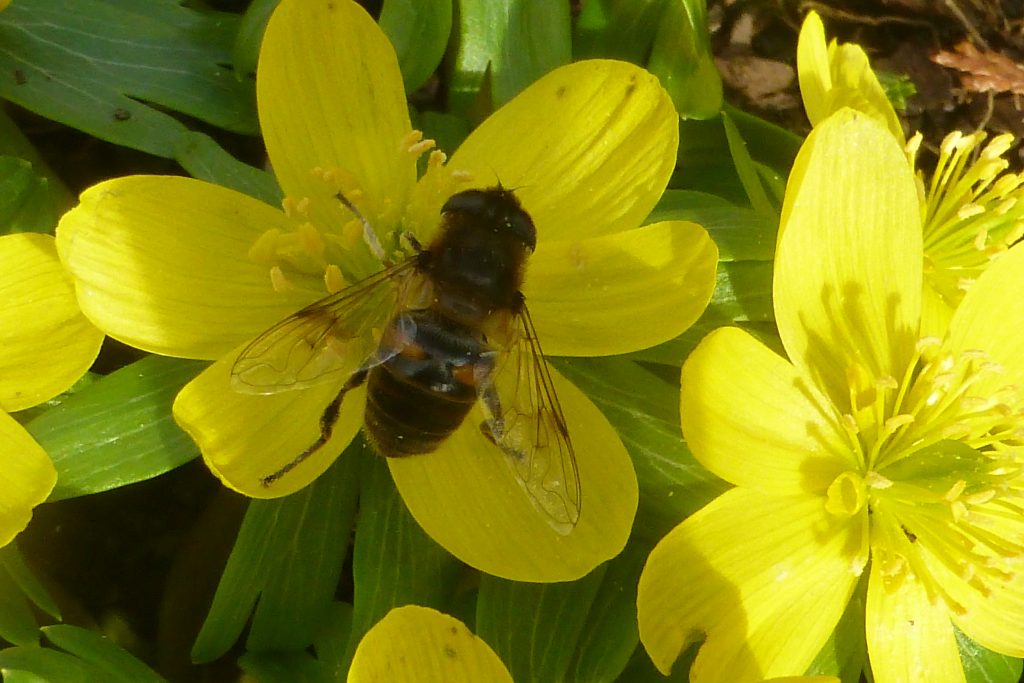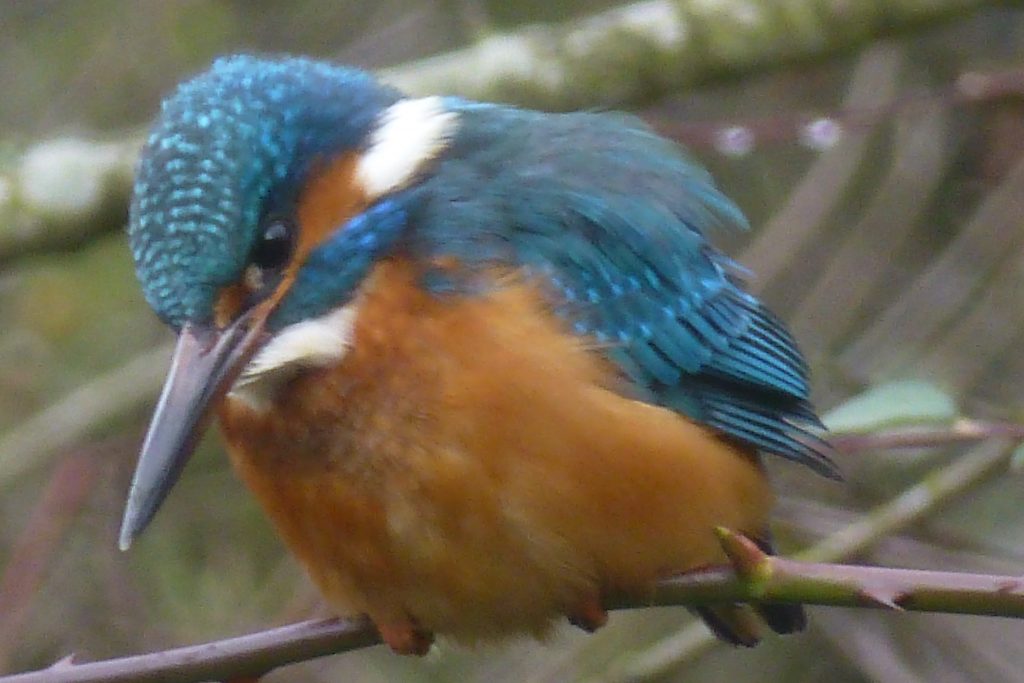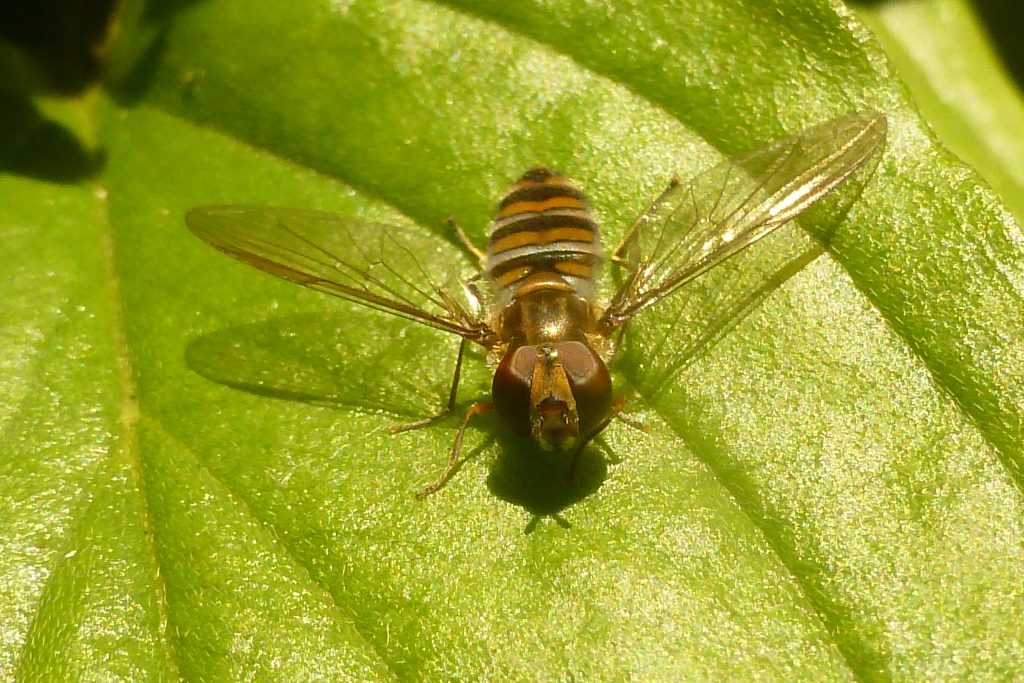February started stormy, with the tail end of Storm Gertrude quickly passing into the next one in the series, Henry, at the beginning of the month. Both storms caused some damage to the Garden with a birch and the Edinburgh Garden’s only mature Japanese Umbrella Pine (Sciadopitys verticillata) succumbing. The rest of the month was much calmer; Storm Imogen, which caused havoc in southern England and Wales, did not affect Edinburgh at all. After the stormy beginning most of the rest of the month was fairly dry and often cold with frost and ice. There were a couple of light snowfalls that melted rapidly. For the second month in a row no species were added to the Garden’s list, which remained at 789.
Birds February 2016 was an above average month both in terms of number of species seen at the Garden and the number of notable records. Forty-one species were recorded. These included Kingfisher on at least seven dates in the first half of the month, with the last record being 14th – an appropriate day for a young bachelor Kingfisher to forsake the Garden in search of love, which is suspected to be the main reason for the bird’s absence in the second half of the month, although the thin layer of ice over the Chinese Hillside’s pond surface on some days would not have helped. Probably for the same reason the Dipper only visited the Biodiversity Garden ponds on two dates (8th and 17th). A Nuthatch was heard calling loudly from a tree on the Oak Lawn on 4th. Will this be the year when this species decides to settle in what is perfect Nuthatch habitat? Watch this space. A Peregrine flew over the nursery and main Garden very early on the morning of 16th. The first returning migrant was recorded on 23rd: a Lesser Black-backed Gull, Britain’s only common gull species that is not resident all year round. Daytime hooting of Tawny Owl was heard twice (17th and 24th). Birdsong built up gradually during the month – Valentine’s Day (14th) is supposed to be when birds start to sing but many were singing long before then. This meant that some species difficult to find outside the courting and breeding season, such as Song Thrush (12 dates) and Greenfinch (18 dates), were recorded frequently. Finally, Feral Pigeon finally got on to the Garden’s 2016 list, being seen on 23rd and 24th. The complete list of 41 species recorded during January was: Blackbird, Blackcap. Black-headed Gull, Blue Tit, Bullfinch, Carrion Crow, Chaffinch, Coal Tit, Dipper, Dunnock, Feral Pigeon, Goldcrest, Goldfinch, Great Spotted Woodpecker, Great Tit, Greenfinch, Grey Heron, Grey Wagtail, Herring Gull, Jackdaw, Kingfisher, Lesser Black-backed Gull, Long-tailed Tit, Magpie, Mallard, Mistle Thrush, Moorhen, Nuthatch, Oystercatcher, Peregrine, Pink-footed Goose, Redwing, Robin, Siskin, Song Thrush, Sparrowhawk, Stock Dove, Tawny Owl, Tree Creeper, Wood Pigeon, Wren.

Common Drone Fly (Eristalis tenax) on Winter Aconite (Eranthis hyemalis), 22 February 2016. Photo Robert Mill.
Insects and other invertebrates: Even fewer invertebrates were recorded during February than in January. Honey Bees were seen on 22nd. The first hoverfly records of 2016 were Marmalade Hoverfly on 22nd and 24th and Common Drone Fly on 22nd. The bluebottle Calliphora vicina was seen on the trunks of various trees on 8th, 10th, 15th and 24th.


